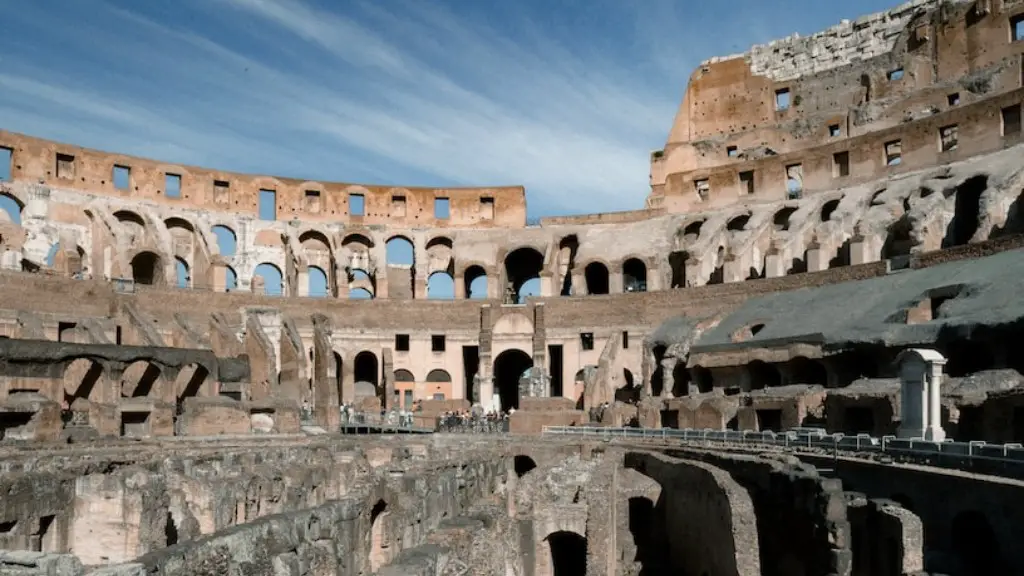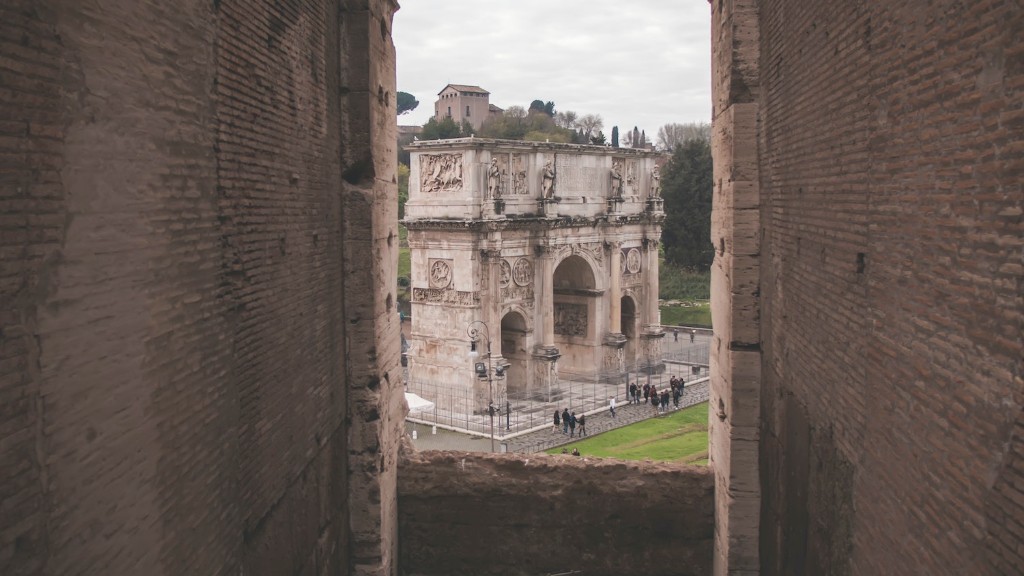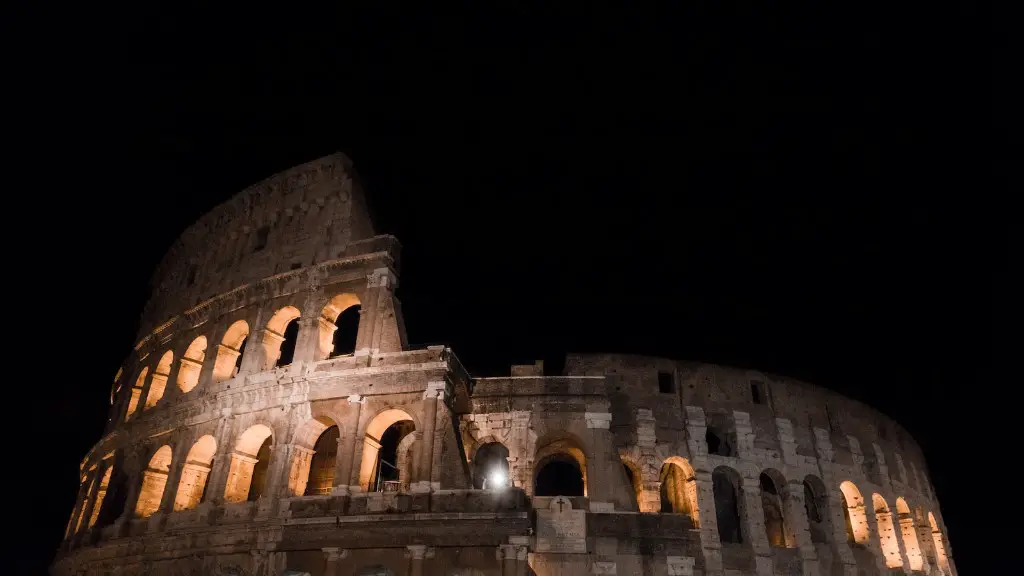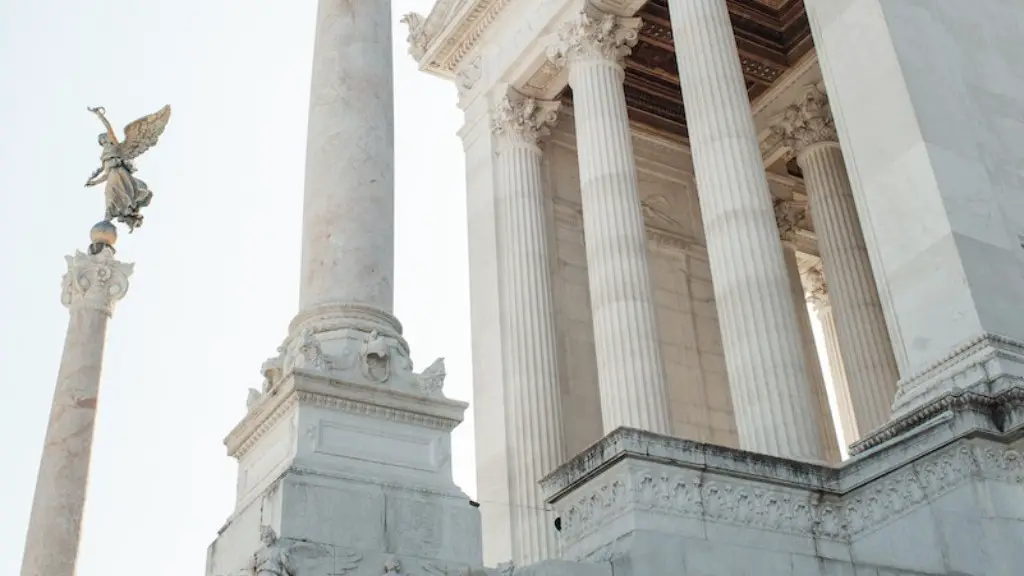Common People
Daily life in Ancient Rome was bustling. The streets were full of vendors, animals, and all sort of people. Common people had to work hard to make ends meet. They supported their families by farming, hunting, or doing artisan work. Depending on the region they lived in, they may have faced different challenges regarding health, sanitation, or even violence. Common people had to be extremely knowledgeable regarding the local laws so they could protect themselves and their families.
Commoners faced an uncertain present and an unknown future. That can be seen in the tales of Romulus and Remus, the legendary founders of Rome who were cast away and raised by a she-wolf. It symbolizes the resilient nature of the Roman people. Despite their drawbacks, common people were an essential part of the Roman society, being a driving force behind its development.
The Elite
On the other side of the spectrum we had the wealthy and the elite. They lived a luxurious life while their counterparts had to endure the daily struggles associated with their social position. The elite usually owned big homes, elegant clothing, and spent their days enjoying their wealth. Power and influence were seen as a priority, and social standing was an important aspect of success.
The wealthy could be seen walking through the streets surrounded by their entourage and slaves. They usually owned slaves due to their expensive tastes and extravagant lifestyles. They were more protected by the law and thus had more freedom to do as they pleased. They also had access to different areas of the city, such as theaters, public baths, and markets.
Politics
The politics of Ancient Rome had a great influence in daily life. Rome was ruled by a senate and it was divided into different social classes. The top class was composed of wealthy senators, military leaders, and other influential members of the society. These people had the power to make decisions that influenced the whole of Rome.
However, not all people had the same rights. Women, slaves and foreigners were not given the same political rights and were usually second-class citizens. This led to a lot of inequality throughout the Roman Empire and had a great impact on its development.
Religion
Religion was an important part of life in Ancient Rome. The Roman religion was polytheistic, with different gods associated with different aspects of their lives. People prayed to different gods for help or guidance in their daily lives, and to thank the gods for their blessings. Temples and shrines were integral parts of Roman life, and were visited daily by people wishing to make offerings or pray to their gods.
Religion also played an important role in politics, with gods being seen as guardians of the state and its people. This led to festivals and rituals that were held every year. One of the most important festivals was the ludi, which was a yearly celebration in honour of the gods.
Architecture
Architecture was a big part of daily life in Ancient Rome. Everyone was exposed to grand edifices that were the result of the Roman conquest. Triumphal arches, grand squares, and huge amphitheaters were constructed to show the power of the Roman Empire. Every region in the empire had its own distinct architecture, with buildings and monuments of different styles and sizes. This architecture was not just for show, but also for everyday use, as it was used to build markets, public baths, and theatres.
The engineering feats of the Roman Empire have been admired for centuries, but it was the creativity and versatility of their builders that made it so impressive. Buildings were constructed in an efficient way and always with a purpose. They took advantage of the local resources and climate to create robust constructions that still stand today.
Technology and Innovation
Innovation and technology were key aspects of Ancient Roman life. The Romans were constantly trying to find new ways to improve their daily lives and make them easier. Technology was used to build grand cities, aqueducts, and bridges. This technology was even used in everyday objects, such as household utensils, weapons, and even boats.
The Romans were also great innovators. They were one of the first civilizations to use concrete, to harness wind and water power, and even to create harmonic musical scales. They also had an extremely advanced system of roads and communication. They used a sophisticated postal service and a great variety of writing materials. They were also the first to use public libraries, and had an expansive system of education.
Entertainment
Daily life in Ancient Rome was not all about work and piety. People had to take time to relax and enjoy themselves. Entertaining activities were a great way to distract from the daily labor and provided an opportunity to interact with friends and family. People liked to go to public baths, visit the theatre, and attend festive dinners.
Athletic competitions and musical events were also popular. One of the most popular events was the chariot races which took place in the Coliseum. People also enjoyed visiting the arenas to watch gladiatorial fights, mock naval battles, and other games. People were even willing to bet on these events. This shows us how important entertainment was for the Romans.
Conclusion
Daily life in Ancient Rome was full of contrasts. The powerful and the poor, the paupers and the noble, the sacred and the profane all merged together in the streets. Life was a balance between work, prayer, and entertainment. It was hard but people embraced it, for it was a testament of their resilience and strength.



